Art has always been a medium through which artists communicate hidden messages, personal symbolism, and subtle details that often go unnoticed at first glance. Among these subtle elements, birds frequently appear as background characters or symbolic figures in masterpieces across different eras and styles. These winged creatures often carry deeper meanings – representing freedom, spirituality, death, or rebirth depending on the context. In this article, we explore eight renowned paintings where birds make surprising appearances that many observers might miss. These feathered details add layers of meaning to already complex works and offer fascinating insights into the artists’ intentions and the cultural symbolism of their times.
Leonardo da Vinci’s “Lady with an Ermine” (1489-1490)
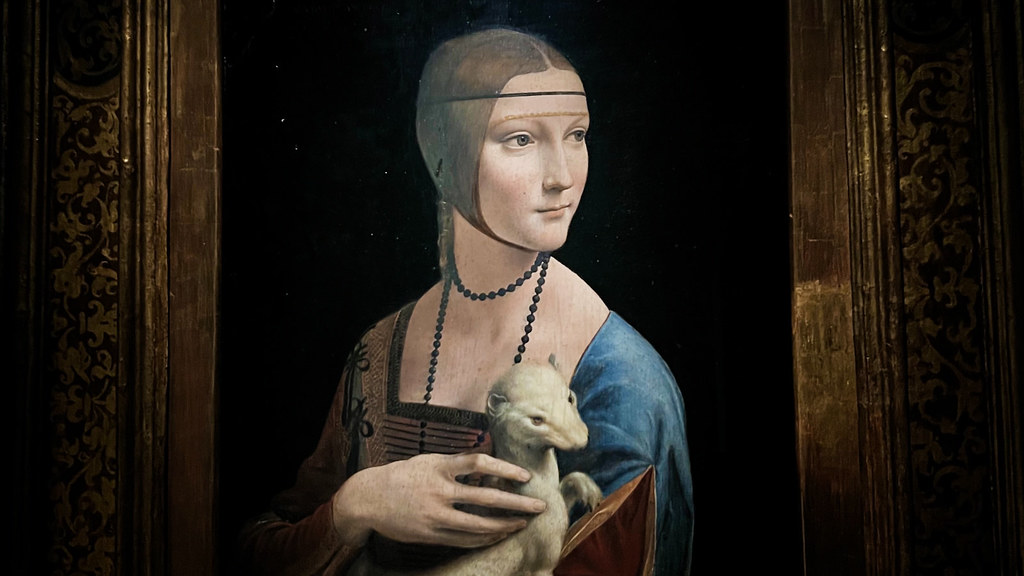
While the ermine in Leonardo da Vinci’s famous portrait takes center stage as the symbolic animal, keen observers have noted the subtle presence of a bird in the background landscape visible through the window. Art historians suggest this small bird, likely a swallow or martin, represents freedom in contrast to the domesticated ermine. The bird’s placement is so subtle that for centuries it went largely undiscussed in analyses of the painting. Recent high-resolution scans have confirmed its deliberate inclusion, revealing da Vinci’s characteristic attention to naturalistic detail even in the smallest elements of his compositions. This discovery adds another layer to the portrait’s symbolism, potentially representing the subject’s desire for freedom beyond her courtly constraints.
Hieronymus Bosch’s “The Garden of Earthly Delights” (1490-1500)
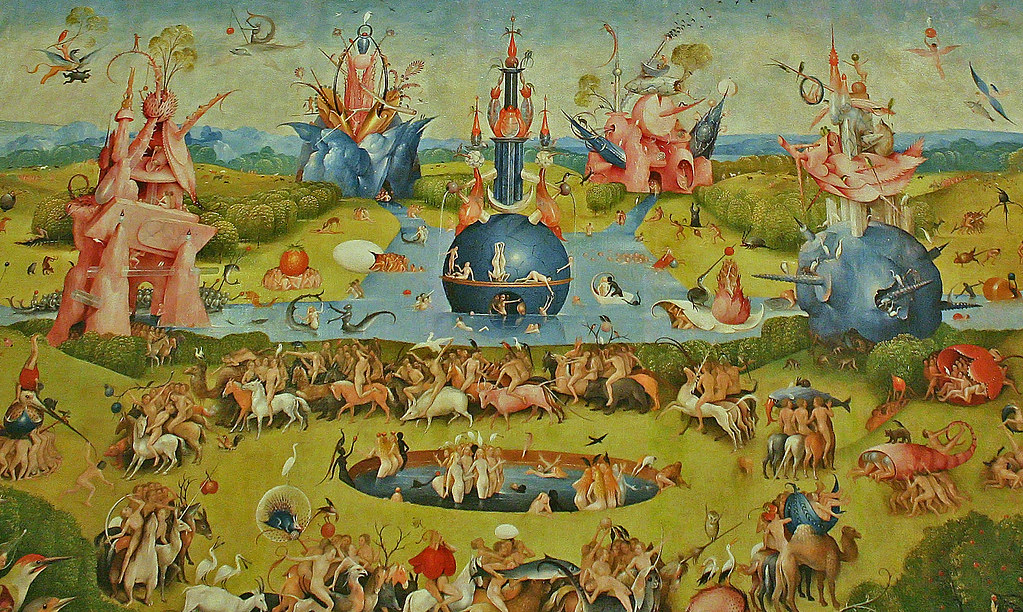
Bosch’s triptych masterpiece contains countless bizarre creatures and surreal scenes, making it easy to overlook the multitude of birds scattered throughout the composition. Far from ordinary representations, these birds appear in various states of transformation and hybridization with humans and other creatures. In the central panel alone, art historians have identified over thirty distinct bird species, including owls, ducks, and exotic species unknown in Europe at that time. These avian figures often engage in human activities or display human characteristics, serving as allegorical warnings against sin and earthly temptations. The most notable bird appears in the right panel (depicting Hell), where a bird-headed monster sits on a throne devouring humans—a demonic figure that scholars believe represents gluttony and death.
Johannes Vermeer’s “The Music Lesson” (1662-1665)
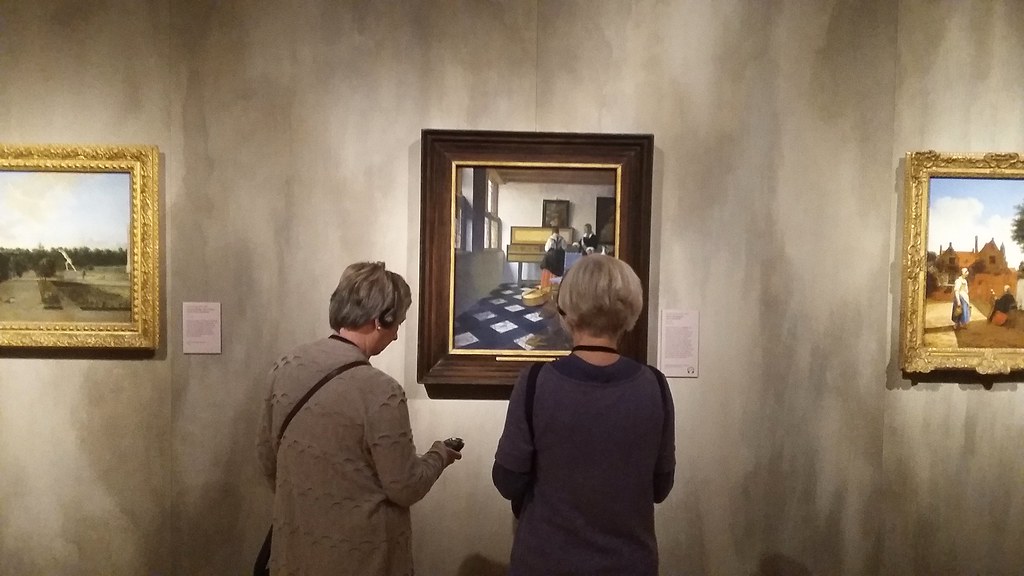
Vermeer’s meticulous interior scene seemingly focuses on a young woman at a virginal with her music teacher, but hidden in plain sight is a small bird cage hanging in the upper left corner of the room. This easily overlooked detail contains a small finch or canary, a common pet in 17th-century Dutch households. Art historians interpret this caged bird as a symbol of domestic harmony but also as a metaphor for the young woman’s confined social position. The contrast between the confined bird and the freedom of music creates a subtle tension within the painting’s serene atmosphere. Infrared reflectography has revealed that Vermeer actually added the birdcage later in the painting process, suggesting its symbolic importance to the overall narrative.
John Singer Sargent’s “Carnation, Lily, Lily, Rose” (1885-1886)
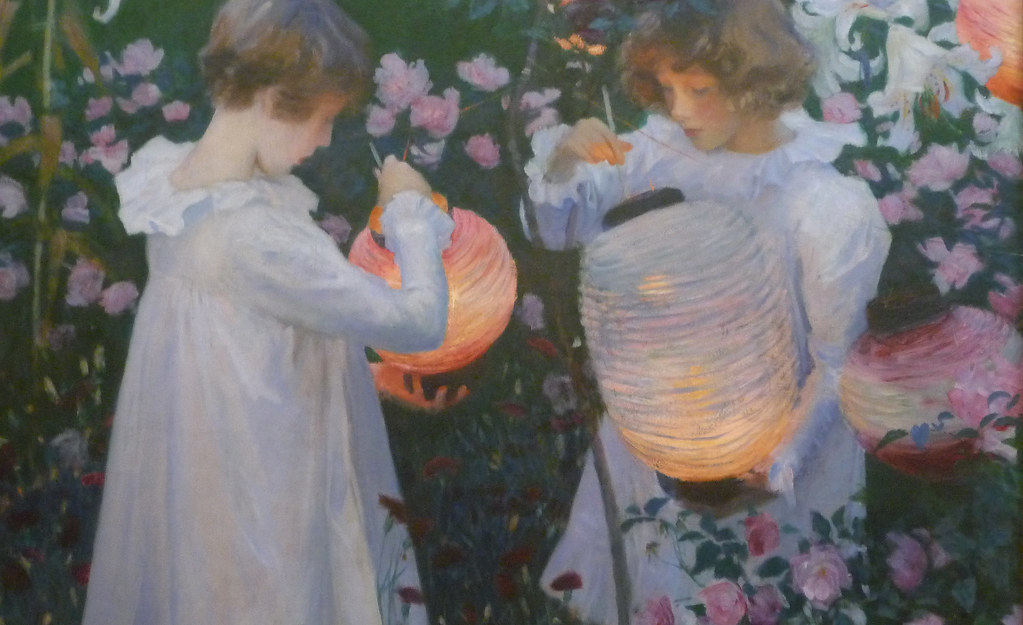
Sargent’s luminous garden scene famously depicts two young girls lighting paper lanterns at dusk, surrounded by flowers that give the painting its title. What often escapes notice is the small bird perched in the background foliage, partially obscured by the glowing lanterns and floral elements. This nightingale (as identified by ornithologists studying the painting) adds a musical element to what is otherwise a purely visual sensory experience. Sargent, known for his keen observation, included this nocturnal singer to evoke the auditory dimension of the twilight garden scene. Conservation work in 2017 revealed that Sargent had repainted the bird multiple times, adjusting its position to create the perfect balance between concealment and visibility—suggesting its deliberate inclusion was far from accidental.
Vincent van Gogh’s “Wheatfield with Crows” (1890)
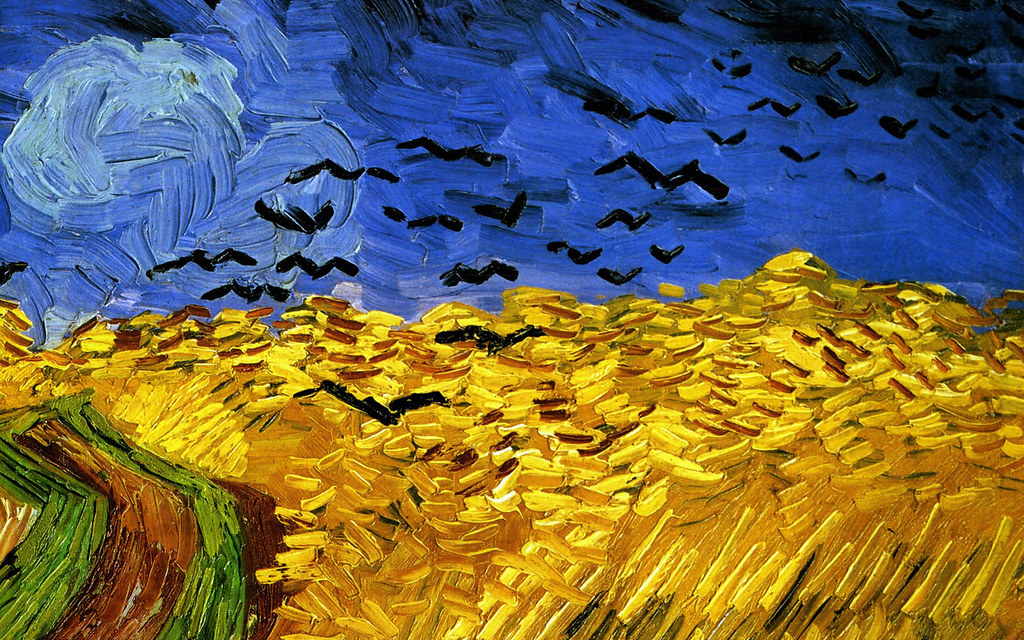
While the crows in this painting are clearly visible in the sky above the wheatfield, art historians have identified several additional, more subtle bird figures camouflaged within the wheat itself. These hidden birds, visible only upon close inspection, appear to be smaller species like sparrows or larks nestled in the golden stalks. Van Gogh, who was deeply interested in nature and symbolism, likely included these concealed birds to represent life continuing even in a scene often interpreted as foreboding or ominous. Created shortly before his death, this painting’s hidden birds create a poignant contrast between the obvious dark crows overhead (traditionally associated with death) and the concealed songbirds within the field (representing hope and resilience). Van Gogh’s letters reveal his particular fascination with birds as spiritual messengers, making these hidden avian figures all the more significant.
Gustav Klimt’s “The Kiss” (1907-1908)
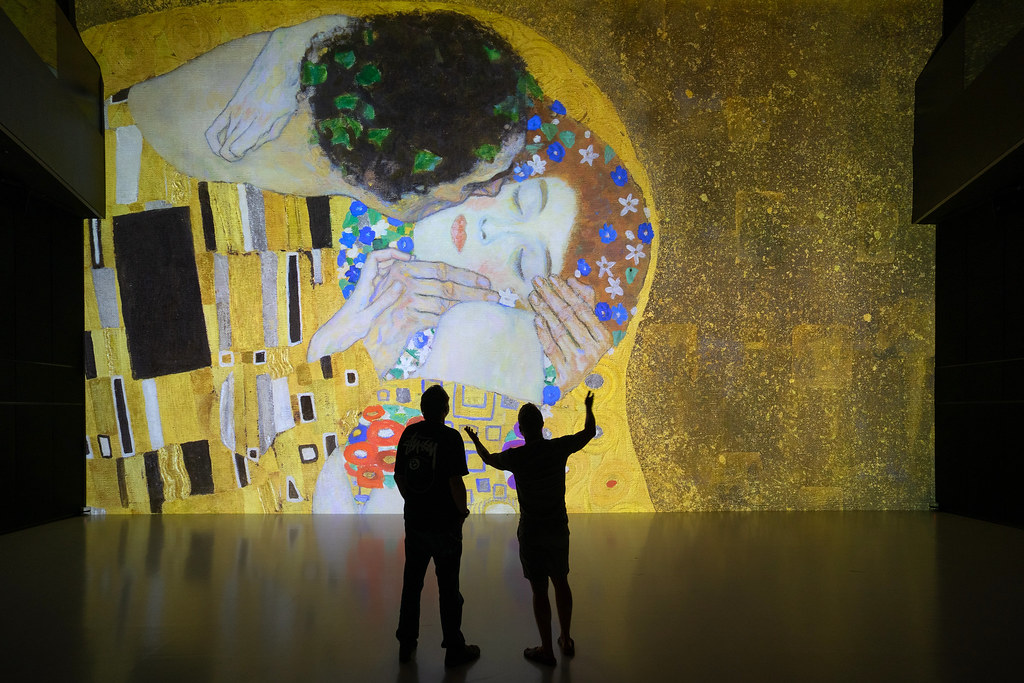
Klimt’s iconic golden masterpiece depicts two lovers embracing, their figures adorned with elaborate decorative patterns. Hidden within these complex patterns on the man’s robe are stylized bird motifs that many viewers overlook. These geometric birds, inspired by Byzantine mosaics and Egyptian art, appear as abstract shapes that integrate seamlessly into the overall decorative scheme. Art historians interpret these birds as symbols of the male figure’s spiritual nature and creative force, complementing the flower motifs associated with the female figure. The birds’ positioning, flying upward toward the couple’s joined heads, suggests transcendence through love and physical union. This detail connects the painting to Klimt’s earlier “Bird of Paradise” works and his recurring theme of birds as messengers between earthly and spiritual realms.
Salvador Dalí’s “The Persistence of Memory” (1931)
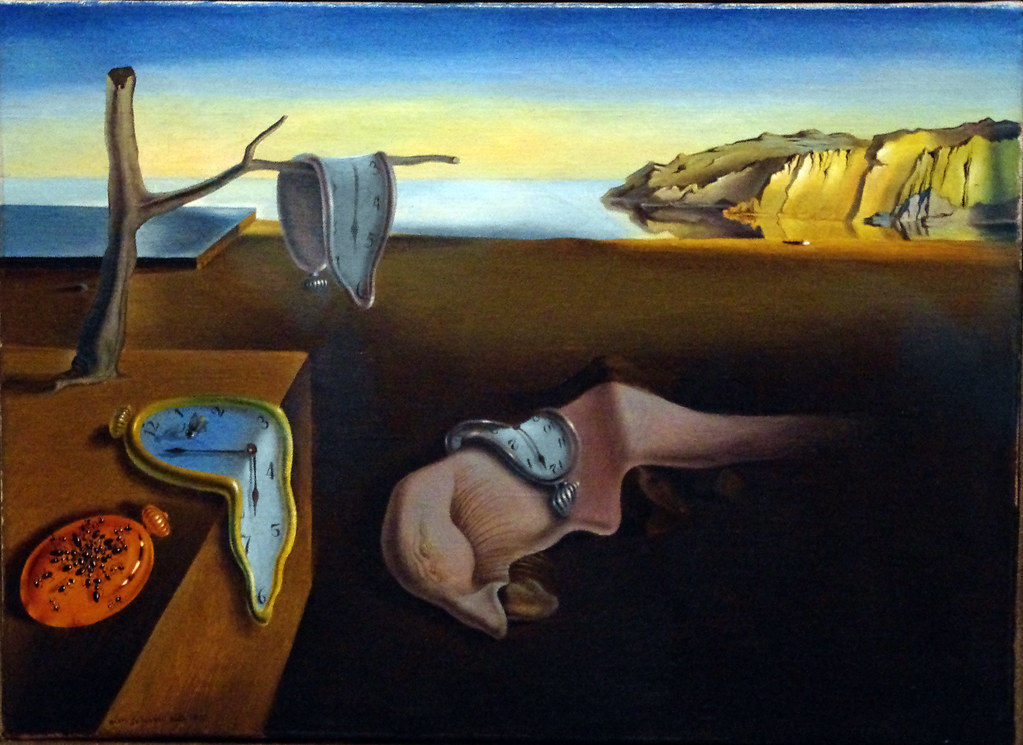
Dalí’s surrealist masterpiece with its famous melting clocks contains a subtle avian secret that even dedicated art enthusiasts often miss. What appears at first glance to be simply part of the barren landscape in the background actually forms the outline of a bird when viewed from a certain perspective. This ambiguous form, neither fully bird nor fully landscape, exemplifies Dalí’s interest in paranoiac-critical methods—where multiple images exist simultaneously within the same visual space. The bird shape, resembling a sleeping or dead swan, creates a thematic connection to the painting’s meditation on time and mortality. Dalí himself mentioned this hidden bird in his writings, stating that it represented “time’s consumption of itself,” yet he deliberately kept it subtle enough that viewers would discover it only through prolonged contemplation.
Edward Hopper’s “Nighthawks” (1942)
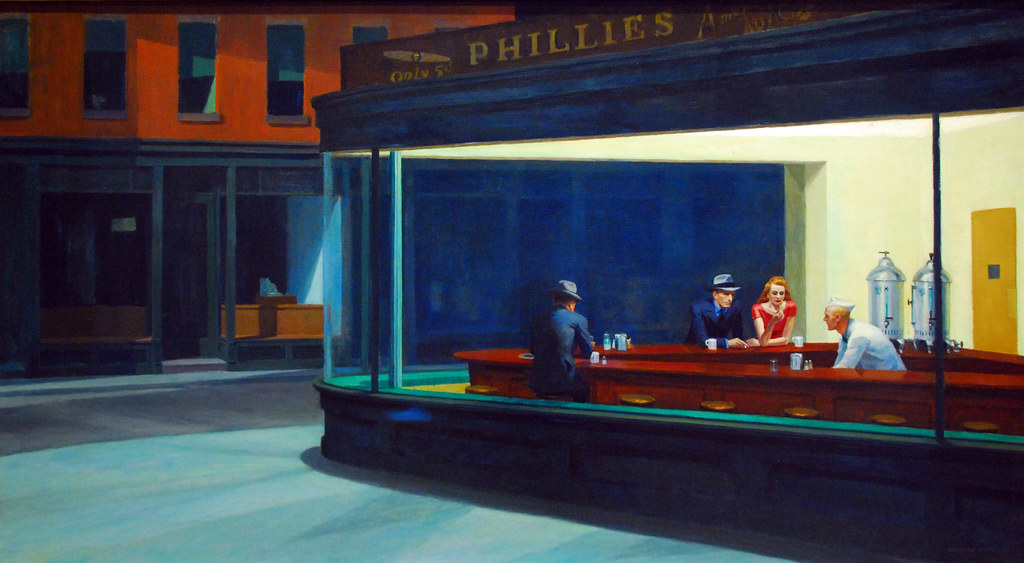
Hopper’s iconic depiction of late-night urban isolation seems devoid of natural elements at first glance, yet careful examination reveals a small bird perched on a wire outside the diner window. This easily overlooked detail appears as a small dark silhouette against the night sky, visible only when examining the upper corner of the painting with careful attention. The presence of this nocturnal bird (likely a common nighthawk, nodding to the painting’s title) creates a parallel between the isolated humans inside the diner and the solitary bird outside—both awake and alert while the city sleeps. Hopper, known for his precise compositions, placed this bird deliberately as a subtle commentary on urban wildlife adapting to human environments. Art historians have noted that this hidden bird appears in Hopper’s preliminary sketches for the painting, confirming it was an intentional rather than incidental inclusion.
Conclusion
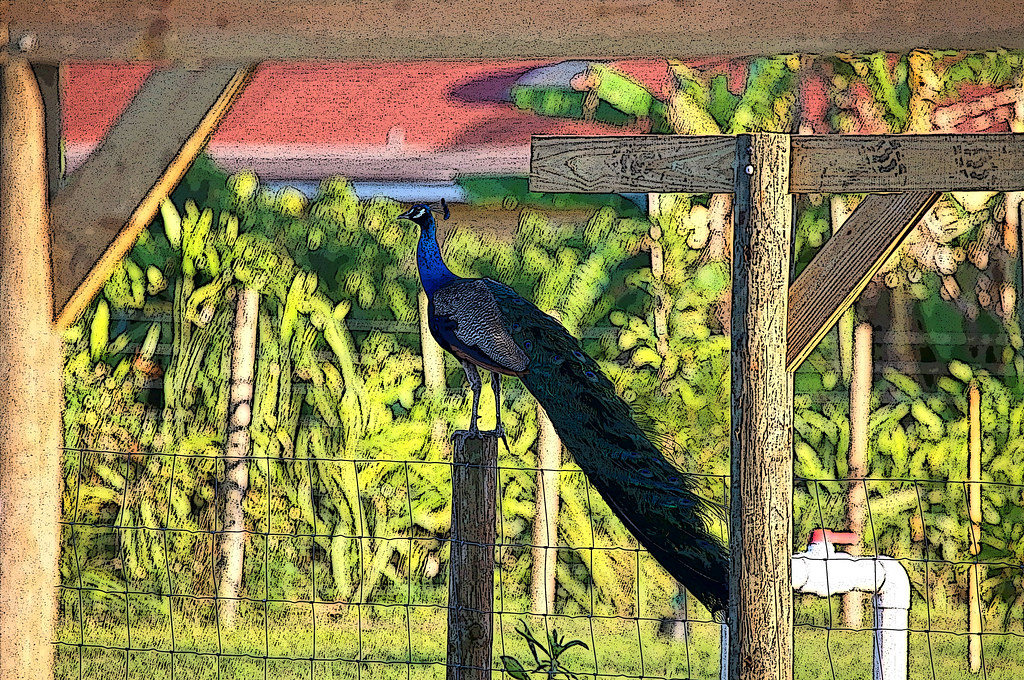
These eight masterpieces demonstrate how birds often serve as secret messengers within famous artworks, carrying symbolic weight that enriches our understanding of the paintings. Whether representing freedom, mortality, spirituality, or serving as subtle signatures of the artists themselves, these hidden avian elements reward the most attentive viewers. Next time you visit a museum or browse through an art book, take a moment to look beyond the obvious subjects and search for these winged witnesses to human creativity. The birds tucked away in the backgrounds and margins of great paintings remind us that art, like nature itself, always contains more than what first meets the eye.
